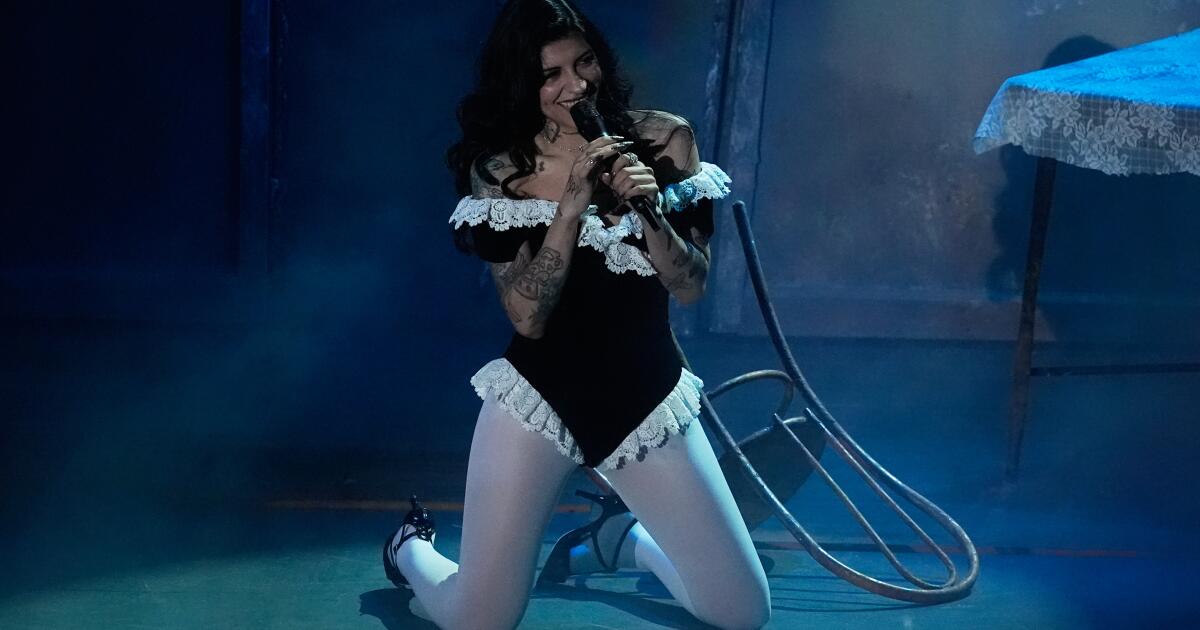Long Beach City College names new performing arts center in honor of Jenni Rivera
Long Beach City College’s performing arts center is officially being named after Long Beach legend and LBCC alumna Jenni Rivera.
Last week LBCC’s Board of Trustees unanimously voted to name the new facility the Jenni Rivera Performing Arts Center.
“This naming recognizes not just an extraordinary performer, but a daughter of Long Beach whose voice and spirit transcended borders,” said Uduak-Joe Ntuk, president of LBCC’s board of trustees in a press statement. “Jenni Rivera inspired millions through her music, resilience, and advocacy. We are proud that future generations of artists will learn and create in a space that bears her name.”
Jenni Rivera Enterprises will donate $2 million over the next 10 years to the LBCC Foundation, with the bulk of the funds going toward scholarships and education programs, the Long Beach Post reported.
“Our family is deeply honored that Long Beach City College has chosen to memorialize Jenni in this extraordinary way,” said Jacqie Rivera, Rivera’s daughter and CEO of Jenni Rivera Enterprises, in a press release. “Long Beach shaped who Jenni was — as an artist, a mother, and a woman — committed to her community. Knowing that young performers will grow, train, and find their creative voice in a center that carries her name is profoundly meaningful to us.”
The performing arts center, which is scheduled to open in spring 2026, is the second honor the “Inolvidable” singer has received from LBCC. Earlier this year, Rivera was inducted into the LBCC Hall of Fame alongside actor/activist Jennifer Kumiyama and attorney Norm Rasmussen.
Rivera was born and raised in Long Beach, attending Long Beach Poly High School in the 1980s, where she got pregnant as a sophomore. She later graduated from Reid Continuation High School as class valedictorian. She went on to attend LBCC before transferring to Cal State Long Beach to get a bachelor’s degree in business administration.
She immediately put that degree to use as a real estate agent, while simultaneously working at her father’s recording studio and record label.
Her father, Pedro Rivera, was a noted singer of corridos. In the 1980s he launched the record label Cintas Acuario. It began as a swap-meet booth and grew into an influential and taste-making independent outfit, fueling the careers of artists such as Chálino Sanchez. Jenni Rivera’s four brothers were associated with the music industry; her brother Lupillo, in particular, is a huge star in his own right.
She released her first album, “Somos Rivera,” in 1992, launching a prolific career that was tragically cut short when Rivera and six others were killed in a plane crash in Mexico on Dec. 9, 2012.
The self-proclaimed “Diva de la Banda” was a self-made star with a veritable rags-to-riches story. She was a true trailblazer, a U.S.-born woman who took up plenty of space in the male-dominated world of música mexicana.
In 2015, Long Beach city officials honored the singer’s legacy by bestowing her name on a park in Long Beach. On display along a brick wall at the Jenni Rivera Memorial Park is a 125-foot-long mural honoring Rivera’s life and heritage.
The Hollywood Walk of Fame also honored Rivera with a star in 2024, which her five children accepted on her behalf.
“One of my mom’s favorite exes used to work in this vicinity. We would come and check in on him and she always dreamt — I remember sitting in the car, in her Mercedes, and she always dreamt, ‘I’m gonna have my star here one day,’” Rivera’s daughter Jenicka Lopez said at the star unveiling ceremony.
“I thought it was impossible after she passed away, but God has a beautiful way of proving people wrong.”


